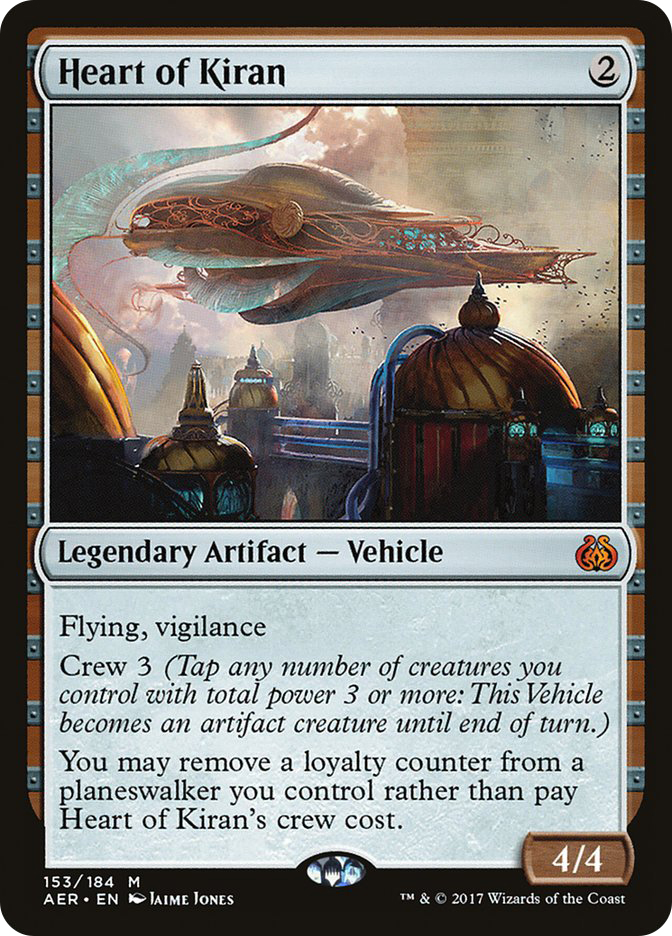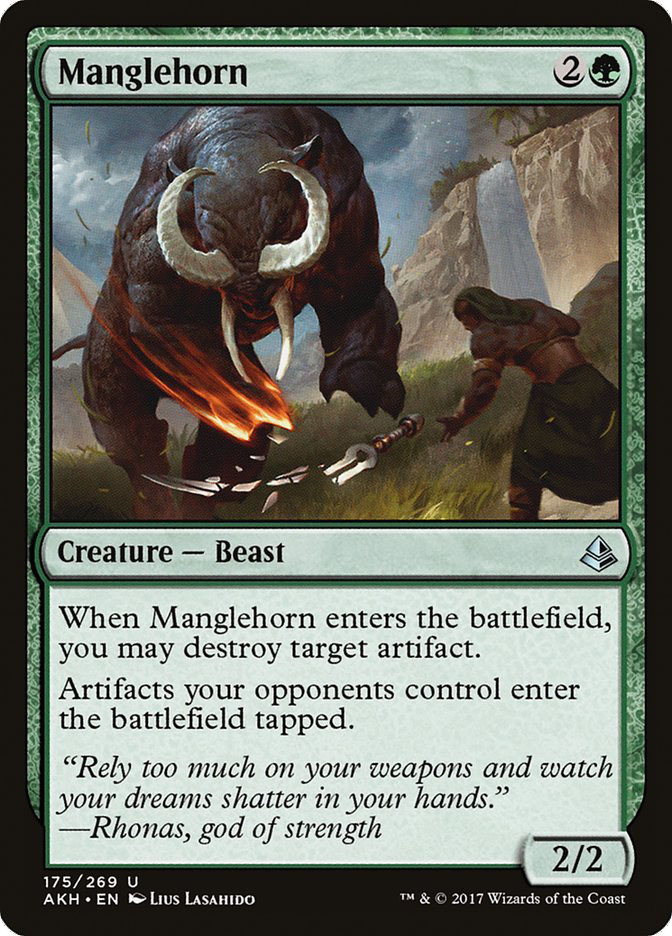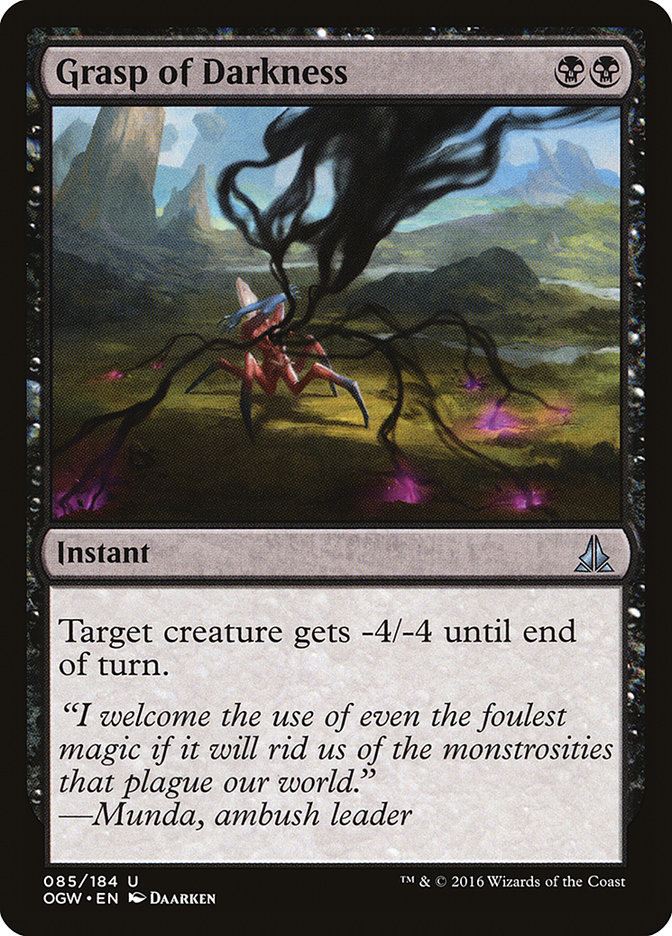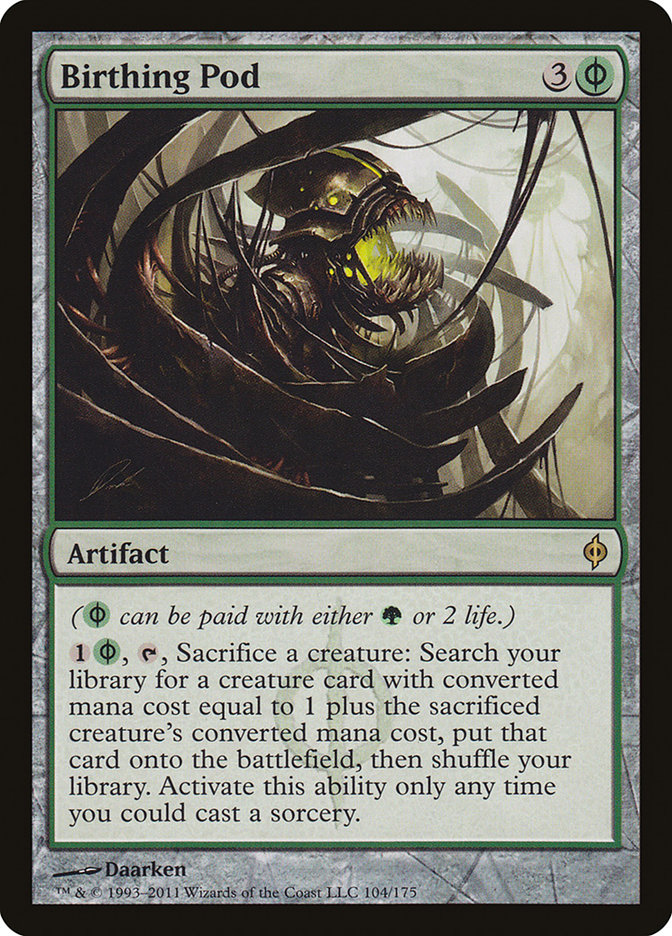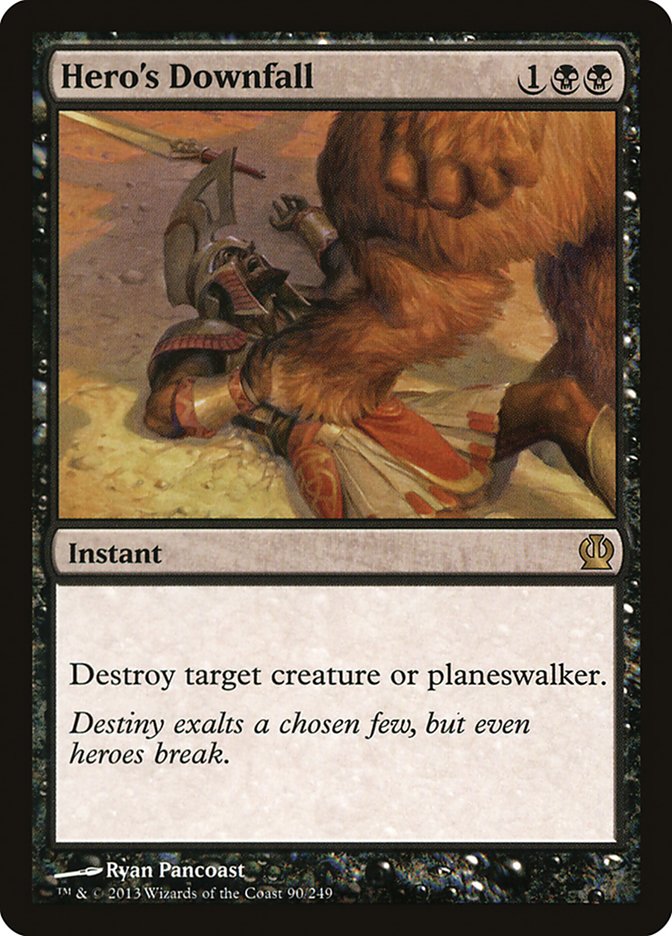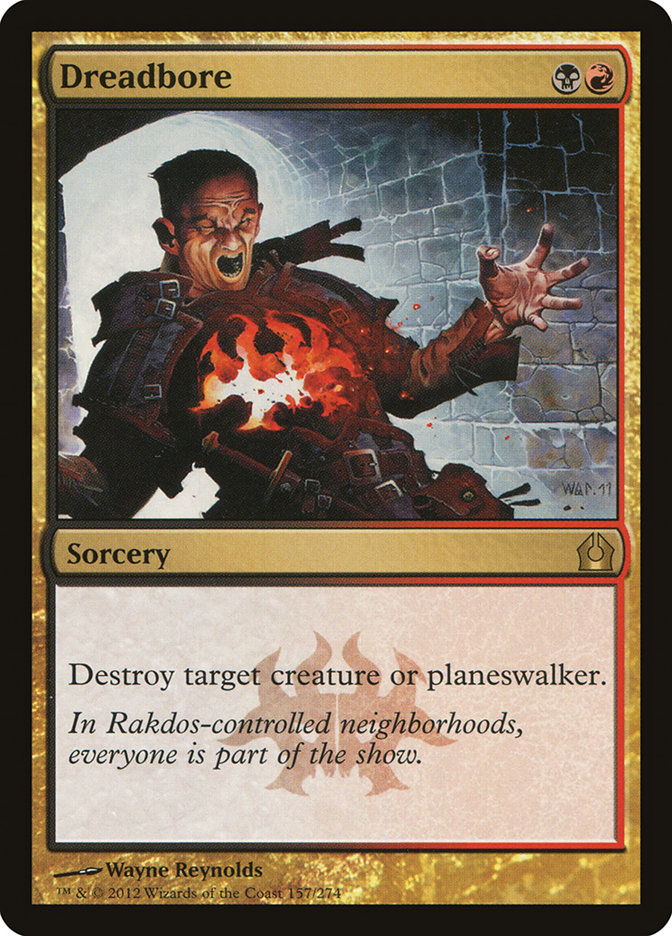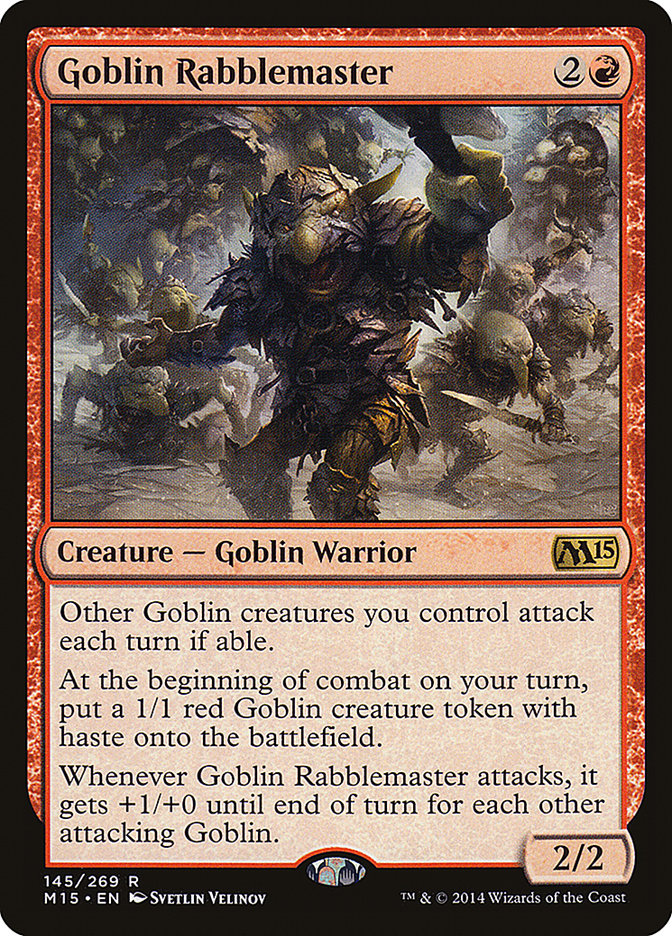I’m burnt out.
I’ve been on the grind for years now doing my best to qualify for both #MTGCHAMP and the #SCGPC. I sit here again doing the same as there’s a stretch of Grand Prix in front of me that could theoretically lock me for #MTGCHAMP without even needing a good Pro Tour finish at the end of July. That should excite me, as for years I was on the outside looking in, only dreaming of being on that illustrious stage. Now I could find myself doing it for the third time in a row, but this level of weariness is all-consuming.
I’ve never experienced this level of lethargy coming down the stretch of a season. Maybe for small bursts here or there, but it never took me too long to get back in the saddle and continue preparing for events. Right now, though, I can’t seem to muster that same level of determination and perseverance I’ve always needed to compete on the same level with the best players in the world. Right now I just want to give up.
Even though I wanted to give up doesn’t mean I did this past weekend, as I decided to go to #GPMTL. I’ve never liked playing in a Grand Prix the weekend after a Pro Tour, which is why I’d usually be found online in a Magic Online Championship Series event, but this time it was different. I knew I needed to take every shot I could at these last few Grand Prix to guarantee myself Platinum and potentially lock up #MTGCHAMP even before the last Pro Tour of the season. I did as much testing as I could muster and jumped on a flight to Montreal early Friday morning. Brian Braun-Duin, Seth Manfield, and I finished our testing that afternoon, and for the first time all week I was happy about my decision to go up to Canada to play in the event.
That feeling quickly was lost once I began playing in the event itself. In total, I went 2-4 in matches played and kept an opening hand of seven cards exactly three times. Oh, and one of those keeps was clearly a mistake in hindsight. I experienced the worst luck in a tournament that I can remember, but I also didn’t build my deck well or play to a caliber I’m proud of. In the end it was a bad event all around.
The story could just end there, and would have if my experience in the event didn’t feel the same as how I’ve felt about Magic as a whole as of late.
Stop Me If You’ve Heard This One
Standard just isn’t fun for me right now. Sure, it’s easy to disregard the opinion of a person who clearly had a bad weekend. Usually you’ll be correct in doing so, since competition does boil down to winning and losing. Winning is fun, losing is not, and our results will always color our opinions after an event. But what sets this Standard format apart from previous ones is that winning isn’t even fun to me. What you get from winning is still obviously great, but there’s no satisfaction purely from the victory itself.
My opponent found Aetherworks Marvel while I didn’t. I lost.
I hit Ulamog, the Ceaseless Hunger while being attacked by Gideon, Ally of Zendikar and Heart of Kiran. I won.
My opponent found Aetherworks Marvel while I didn’t. I lost.
I didn’t hit Ulamog, the Ceaseless Hunger while being attacked by Gideon, Ally of Zendikar and Heart of Kiran. I lost.
I found Aetherworks Marvel before my opponent. I won.
These were the stories I and everyone around me told throughout the weekend.
No one was talking about complex battlefield states or how exciting some of their games were. It was just the same boring story one after another about how someone curved out while the other person didn’t. No one even talked about their deck as if they were excited to pilot it. A shrug was met with every “what are you playing” question, followed by some joke about hoping not to get hit with a turn 4 Ulamog too often. For the first time, a tournament felt more like an office where we all worked, as opposed to the usual fun and exciting environment that normally manifests at these tournaments.
On paper this format looks to be more inviting to other strategies, and for the most part it is. This past weekend we saw Temur Aetherworks take up exactly three slots in both Grand Prix, but after that there were a slew of other strategies. The same cannot be said about when Four-Color Saheeli was in the format. That deck, alongside Mardu Vehicles, took up almost every slot in every Top 8 of the format without any sign of things getting better. This time around, there’s at least the hope that the metagame will be comprised of more than just two decks, and evidence thus far does in fact prove that.
The issue that I’m concerned with is that the games themselves just aren’t as fun or complex. Now it feels that whoever drew the right cards for the situation, or “curved properly,” has a distinct advantage and it will almost always translate into a victory. That’s what happens when the bulk of playable cards in Standard create a battlefield advantage that is difficult to interrupt once in position. Standard has become a game where it’s often better to continuously gain battlefield advantages rather than expend resources to properly win the game. It’s just that difficult to interact and come back from a deficit.
Now, it’s not like this strategy is new to Magic, but for the first time in a long time it’s become extremely difficult to interact with even in the early stages of a game. Removal has slowly become less reliable as it’s been designed to be more situational, while the threats have gotten more diversity. Creatures, Vehicles, and planeswalkers are all differing threats that create complexities when trying to interact with opponents, but that’s not even all of it. Energy and delirium also play their part in making it difficult to interact with an opponent, as they are resources that you can’t even interact with!
On top of all that, we have yet another cost reduction effect in the form of Aetherworks Marvel. I won’t argue that perfecting energy wasn’t exceptionally difficult to do in development, but I do believe this card is better than it should have been. That’s not the problem, though. In less degenerate circumstances, this card would be fine. Currently, however, this card interacts on an egregious level with Battle for Zendikar’s iconic Eldrazi creatures. Commonly bad, yet continuously repeated errors from development are often in the form of cost reduction. They’re even worse when they can be repeatedly abused in the same game.
Stoneforge Mystic’s ability to present Batterskull on turn 3, Birthing Pod, and Emrakul, the Promised End are all good examples of “too cheap, too effective.” Aetherworks Marvel interacting with Ulamog, the Ceaseless Hunger is simply the next problem we have to face.
Now, Temur Aetherworks isn’t the most consistent deck in Standard, but what it lacks in consistency, it makes up by being far more powerful than anything else in the format by a wide margin. The energy mechanic makes this even worse, since it’s a resource that’s impossible to touch. The cards might individually be weaker than those from its adversaries, but the fluid distribution of resources the mechanic provides makes up for it. All the mechanic needs is a broken “end-game” to lean on, and that’s what Saheeli Rai / Felidar Guardian was, and now Aetherworks Marvel currently is.
The inability to interact with a resource that can repeatedly abuse a cost reduction effect is broken, and there’s no denying that. Aetherworks Marvel or Ulamog, the Ceaseless Hunger must go to make Standard healthier. It’s just too good and causes the masses to not enjoy the format.
The problem, however, is we are amidst a serious domino effect in Standard. Tampering with an assumed bad format has only felt like it’s made it worse. We got rid of Emrakul, the Promised End; Reflector Mage; and Smuggler’s Copter to only end up in a format ruled by a turn 4 combo deck and another aggressive deck utilizing a two-mana Vehicle. When we got rid of the turn 4 combo deck, we immediately found ourselves with something similar in the form of Temur Aetherworks. There’s no denying that the format’s in trouble, but the idea that manipulating it will be an improvement has not really worked out. So herein lies the age-old question, “Which came first, the chicken or the egg?” Is this format bad because we keep slowly chipping away at the premium cards, or is it bad because we haven’t yet removed all the bad actors?
There are many varying opinions out there to what should be done. Some say to keep banning until we can finally say goodbye to Battle for Zendikar and all the problems that it’s brought with it. Others are sick of hearing all the complaints about the format and just wish people would get over themselves. Many more, though, have stated that they’ve given up completely on the format and will only come back once a rotation has occurred. I particularly find the latter one humorous, since that was the world we all expected to begin with. After all, Battle for Zendikar was supposed to be gone by now before Wizards went back on their eighteen-month rotation.
I personally think we should continue to ban (or unban) things aggressively in an attempt to salvage whatever we can out of this format. At this point, this Standard era will always be blemished in our memory, but I do believe we will eventually look back on it fondly, if only for its uniqueness. Things will stabilize and go back to normal sooner rather than later. Then we will reminisce on this time, I promise.
Now, I don’t know exactly what Wizards should do to remedy this situation. Part of me wants to see Ulamog, the Ceaseless Hunger banned, but that might be coming from an entitled place. I don’t want to win or lose based on the outcome of what is effectively a random number generator. I personally want my decisions to matter as much as they can, and that’s not what Aetherworks Marvel provides. Another side of me is fine with Aetherworks Marvel finding Ulamog, the Ceaseless Hunger, but only in a world that has Reflector Mage and Smuggler’s Copter. Back when these cards roamed Standard, they were “as bad as it could get,” but that clearly isn’t the case anymore. These two cards would only help in the fight against the Eldrazi and would allow other aggressive elements a chance to topple Mardu Vehicles. Right now, an aggressive creature that isn’t a Zombie or crewing Heart of Kiran can’t make the cut. Getting these cards back could even the score, so to speak.
Clearly Reflector Mage was a centerpiece of a top deck in Standard. That could be too high of a risk to tamper with, but that doesn’t mean it’s not an option, especially when Wizards is consistently creating combinations through their sets that are meant to be absurdly powerful for small bursts of time. For example, Aetherworks Marvel was supposed to be around for a little while with the Eldrazi so there was some excitement at first, with the mid-year rotation set to come in as the novelty wore off. Obviously they didn’t know how this was all going to play out, but it’s certain that they did intend for those two pieces to fit together for a brief time in Standard. Would it really be that bad if they just give us back the least-damaging offenders for the next three months?
I’m curious what you think, and what Wizards will eventually do. I’m up for anything, as long as it’s something. Anything but this.
So we touched on many things that are wrong with this format, but one thing I want to discuss more thoroughly is what could be done to never have this happen in Standard again. I’m clearly not in the fold when it pertains to the inner workings of Wizards R&D, but that doesn’t mean I don’t have my own ideas anyway, especially after playing this format for upwards of fourteen years.
One thing’s for certain: removal needs to improve. We can’t be presented with threats that are this diverse without efficient, versatile removal spells. If planeswalkers as powerful as Gideon, Ally of Zendikar exist, we need cards like Hero’s Downfall to deal with them.
Heart of Kiran must be met with Abzan Charm. We can’t expect to play with sorcery-speed planeswalker removal when cards like Smuggler’s Copter and Heart of Kiran are coming down on turn 2 in these decks. Now, I know I’m biased towards midrange, but hear me out. If we don’t have at least a few good universal removal spells, we will be in formats like this one where the threats are just too good not to play. Proactivity is a good thing in Magic, but it shouldn’t be the only viable strategy. And don’t go and say we have Torrential Gearhulk control decks. Those decks aren’t actually that good, at least not as good as they should be, given the power level of that card.
To balance out this higher quality of removal, we need more aggressive elements. Red needs a serious facelift. Vehicles already damaged the ability for red to be a base color, but the lack of good aggressive elements has caused the color to play support for far too long. Red needs cards like Goblin Rabblemaster and Stoke the Flames to be viable as a base color.
Cards like Glorybringer are a good start, but that isn’t what the color actually needs. Fewer high-toughness two-drops in all the other colors, and more powerful early-game creatures for red: that’s what it takes, and what we’ve been missing.
Green’s identity is also in dire straits. The color lost its ability to ramp, which was one of its most prominent traits for years. To make up for it, almost every good green card creates some sort of true or virtual card advantage. What that’s caused is a format where roles are constantly shifting and almost every deck becomes midrange after sideboarding. It was cool for a while but is played out at this point. If you don’t believe me, just think about it for a minute. Control decks sideboard in additional creatures, Mardu brings in planeswalkers, and every green sideboard has four Tireless Trackers. This is green’s fault for being the best color for card advantage. Every other deck has to find some way to match them, which has skewed the format into this unique midrange amalgam.
Green needs to ramp again. That doesn’t mean Elvish Mystic, but it should include cards like Rampant Growth. Now, I don’t think ramp would be good against Gideon, Ally of Zendikar or Heart of Kiran, but that’s not what I’m saying. These cards will come and go, and at that point we should see ramp back in the limelight. No more Tireless Trackers; Nissa, Vastwood Seers; Ishkanah, Grafwidows; or Den Protectors. Good old-fashion ramp into massive threats!
Last, and I’ve said this before, white needs a real identity. For too long, it’s been a weaker color held up by its powerful mythics. Until white has a true identity to lean on, cards like Gideon, Ally of Zendikar; Elspeth, Sun’s Champion; and Archangel Avacyn will continue to take over Standard. Not saying these cards are too good, but that this schtick is simply overplayed. It’s time to give the color something it’s never had before. Easier said than done, but if anyone can figure that out, it’s Wizards of the Coast.
So what do you think? Is Ulamog, the Ceaseless Hunger a gigantic blunder? Does the game need better removal? Should ramp make its comeback into the game? Should I go back to just talking about how the cards interact, and not how they should be developed?





